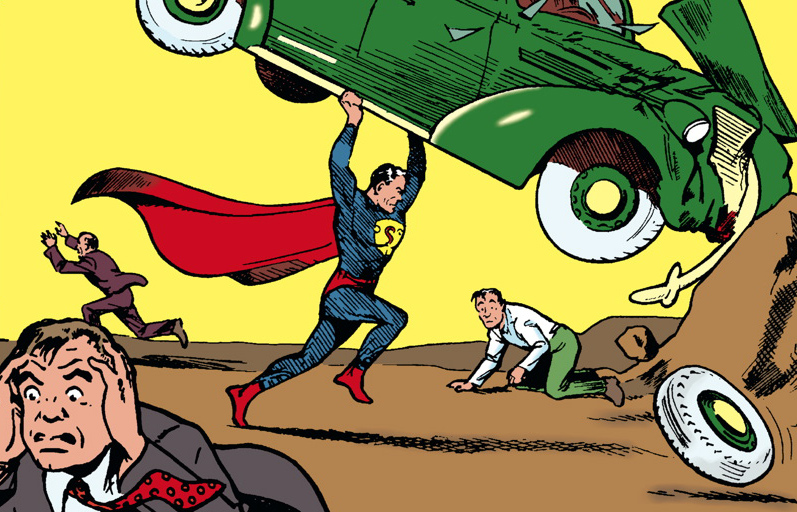
Sydney
June 21-22, 2025
Sydney Showground Olympic Park

Written by Kieron Byatt
So you see a superhero movie at the cinema every other month, or you’re addicted to the latest comic book adaptation on your favourite streaming service, but when it comes to reading comic books, you don’t know where to start? Don’t worry, it’s a common apprehension. In fact, speaking as a comic book reader of 20+ years, I know exactly what that feels like. I grew up reading comics, but I was restricted to the limited range available at my local newsagents.
It wasn’t until my adult years when I had a car and regular expendable income that I was capable of locating and buying books regularly. The only problem was once I found the store I had no idea where to start and when I did make a decision there were several additional tidbits of info which made me feel like an imposter in between those colourful aisles: What’s a trade? What’s bagging and boarding? What’s a pull-list? It can be a bit overwhelming, but if you’re at all interested in comic books, you’re about to enter a fascinating and rich world of collecting.
What I can tell you is being a comic book reader means supporting a deceptively struggling industry. Yeah, you read that right: struggling. Despite the abundance of superhero and comic book properties in film and television, the original source of these beloved characters and their universes are experiencing a difficult period of sales. So even on those days where your bank account is a little lighter, just remind yourself that you are literally feeding talented writers, artists, inkers, colourists, editors and an entire industry with your hard-earned bread.
That being said, and if you’re still willing to fall down the rabbit hole, you don’t want to throw all your coins at every title that catches your eye, so to make sure your first comic book moves are calculated ones, we’ve compiled the beginner’s guide to comic books.
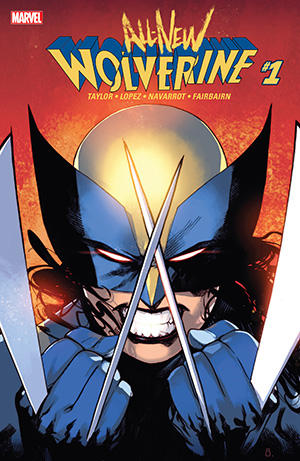 Digital – If you’re not fussed about having physical copies you can buy digital comics at the touch of a button for great prices. ComiXology is the go-to for both mainstream and independent books, but most publishers have their own apps and websites where you can purchase digital titles as well as iBooks and Google Newsstand.
Digital – If you’re not fussed about having physical copies you can buy digital comics at the touch of a button for great prices. ComiXology is the go-to for both mainstream and independent books, but most publishers have their own apps and websites where you can purchase digital titles as well as iBooks and Google Newsstand.
Physical – If you’re a sucker for that feel of paper in your hand, and my recommendation, you’ve got to buy physical copies. In terms of online, you can of course order from book goliath Amazon, however, my personal favourite is Book Depository which delivers FREE shipping! You can also order directly from publishers themselves, but being an international purchaser it may add up.
But again, if you want to truly enter the world of comic books you need to do your purchasing in-store. Nothing quite beats the experience of traversing the colourful racks for a title. It also makes keeping up to date on news and upcoming releases much easier as no store is complete without a knowledgeable clerk to guide you with your purchases and hunting. “Okay, so how do I find a store?” you may ask. Very easily! Just enter your city into the international search over at Comic Shop Locator.
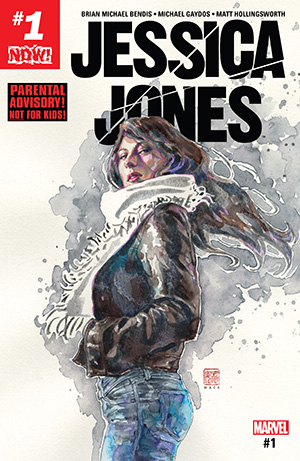 That’s the fun part! An easy place to start is with your favourite characters, perhaps from the movie or TV show of your choice. From there you can talk to fellow readers and store clerks about similar characters and stories which will interest you. Say you start with Batman, ask yourself, “What do I love about Batman?” Maybe it’s the street-crime noir side of the Dark Knight. Now, when you want to read something new you can try Ed Brubaker (a previous Batman writer) and Sean Phillips’s Criminal.
That’s the fun part! An easy place to start is with your favourite characters, perhaps from the movie or TV show of your choice. From there you can talk to fellow readers and store clerks about similar characters and stories which will interest you. Say you start with Batman, ask yourself, “What do I love about Batman?” Maybe it’s the street-crime noir side of the Dark Knight. Now, when you want to read something new you can try Ed Brubaker (a previous Batman writer) and Sean Phillips’s Criminal.
Then, once you begin to read broadly, you’ll start to fall in love with artists, writers and specific creators who you want to follow closely. And in terms of publishers? Everyone usually starts with the big two in DC and Marvel, but then you’ll discover the rich catalogues of Image, IDW, Boom! Studios, Dynamite, Dark Horse and then you’ll discover your local self-published independent talent.
That’s probably the most overwhelming question when it comes to reading comic books. They’re not like your standard series or franchise. Especially when it comes to the worlds of DC and Marvel: many characters’ titles have been running for decades and then there’s multiple iterations, spin-offs, team-ups, annuals and an array of chaos to sift through. So let’s spend some time wording you up on all the lingo.
Confusingly so, these terms are often conflated. But there’s a significant and crucial difference. A comic book is the thin magazine single issue which is released regularly each month. A trade paperback is the collection of these single issues into a neat book format. They’re different to graphic novels, which are usually wholly contained stories in non-serial form. With regular comic books, story arcs usually run for about six issues and trades are a convenient compilation of each full story.
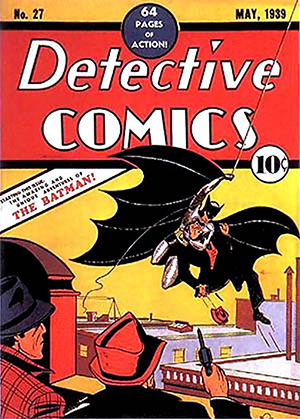 Whether you buy comic books or trade paperbacks depends on various factors. Some eager readers like to get their hands on the story as it’s released in serial form, to avoid spoilers and to keep up to date. Then you have your avid fans who pick them up each week to add to their collection. This can add up, with each issue costing between $5 – $10 so some people stick to the trades which vary between $20 – $30 because it saves money in the long run. Other than the money side of things, whether you want to buy single issues or just wait for trades depends on your own tastes but I’ll use myself as an example.
Whether you buy comic books or trade paperbacks depends on various factors. Some eager readers like to get their hands on the story as it’s released in serial form, to avoid spoilers and to keep up to date. Then you have your avid fans who pick them up each week to add to their collection. This can add up, with each issue costing between $5 – $10 so some people stick to the trades which vary between $20 – $30 because it saves money in the long run. Other than the money side of things, whether you want to buy single issues or just wait for trades depends on your own tastes but I’ll use myself as an example.
I’m an avid Batman reader so I pick up the singles of the staple Batman book as well as Detective Comics. I may occasionally double up on singles and trades if I’m obsessed with having both in my collection but I usually buy trades of classic stories, as well as if I need to catch up on a character/story.
This leads me to a crucial point, and it’s the most daunting element of being a comic book reader. Staying up to date is a full-time job in itself, especially when there are multiple titles to keep track of, but most readers usually want to try and start at the beginning of the story. But if you did for say, Batman or Superman, you have to go back DECADES. You can do this thanks to classic collections, but if you want to read the contemporary stuff it can be a little confusing as to where you begin, especially in the world of Marvel Now, DC New 52 and DC Rebirth.
In the case of wanting to be up to date but not knowing where to begin, this is where trades are your go-to. My suggestion is if you want to start collecting singles, do so, but don’t read until you’re caught up. In terms of how to catch up? If you’re going in completely cold, Google or your local clerk is a good place to ask the question, “What’s a seminal [insert character] story?” After you’ve read a few of those and have a clear grasp of the character, you can start collecting your singles and catching up on the story with your trades.
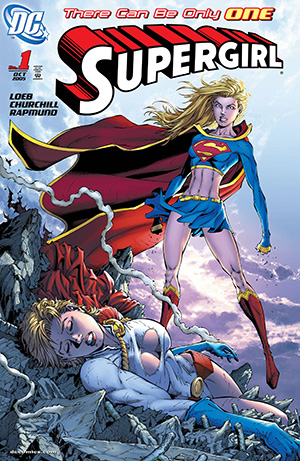 In terms of upcoming comic books, trade paperbacks and graphic novels, Previews World is your bible for all solicitations and release dates. You can buy the catalogue each month, or you can pick up a free copy of publisher-specific line-up schedules at your local comic store. You can also keep your eyes peeled on a list of websites including ComicBook.Com, Comic Book Resources, Newsarama, Bleeding Cool and hey, what’d’ya know, Supanova includes a recommendation list of five titles to pick up as part of our Newstime weekly wrap-up.
In terms of upcoming comic books, trade paperbacks and graphic novels, Previews World is your bible for all solicitations and release dates. You can buy the catalogue each month, or you can pick up a free copy of publisher-specific line-up schedules at your local comic store. You can also keep your eyes peeled on a list of websites including ComicBook.Com, Comic Book Resources, Newsarama, Bleeding Cool and hey, what’d’ya know, Supanova includes a recommendation list of five titles to pick up as part of our Newstime weekly wrap-up.
Then in terms of cataloguing and recording what you have, the CLZ app is the perfect way to not double up on your collection, as well as organising, ranking and all the delicious, nitty-gritty mega geek shenanigans to do with your pull-list.
A pull-list is a standing order you place with your local comic book store. You let them know what titles you want them to “pull” off the racks and reserve for you to pick up at your convenience. The benefit to a pull-list is there’s no anxiety about a title selling out as your store will special order your copy.
As an added bonus, most stores will arrange a discount in relation to how many titles you have in your standing order. Be careful though, as it’s easy to get carried away and keep adding without staying on top of it. Set yourself a budget and a maximum so you’re not broke every trip to the store. Sometimes it can be a while between your trips and you don’t want your bag to be 50+ comics tall to the sum of $200+ – yes, this has happened to me… more than once! Also, make sure you’re specific. If you say “Batman” the database may set aside anything with Batman in the title so if you only want particular titles, make it very clear when you add to your list.
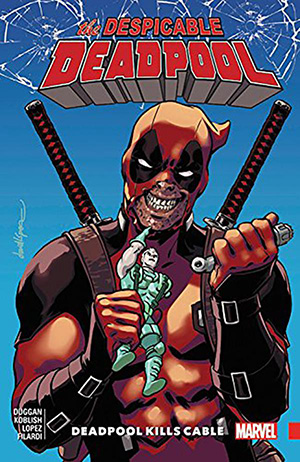 As well as cataloguing, either with the above mentioned CLZ app or just a good old-fashioned spreadsheet, you need to be on top of your storage. After a while, you’ll notice that with singles, the edges and corners can fray and bend if you’re just standing them up. Or if you lay them down the pressure eventually can pop the staples as well as misshape the spine. A standard bookshelf, where you stand them up, can suffice, but a better option is a healthy supply of comic book storage boxes, which you can purchase from your local comic store. However, in terms of added protection from weather and time (oh there are some horror stories) as your collection grows, you want to be on-top of bagging and boarding.
As well as cataloguing, either with the above mentioned CLZ app or just a good old-fashioned spreadsheet, you need to be on top of your storage. After a while, you’ll notice that with singles, the edges and corners can fray and bend if you’re just standing them up. Or if you lay them down the pressure eventually can pop the staples as well as misshape the spine. A standard bookshelf, where you stand them up, can suffice, but a better option is a healthy supply of comic book storage boxes, which you can purchase from your local comic store. However, in terms of added protection from weather and time (oh there are some horror stories) as your collection grows, you want to be on-top of bagging and boarding.
This is where you enter serial collector territory. It’s literally storing each individual issue in a clear plastic bag supported by a cardboard back. This is where it begins to become expensive and on top of budgeting for your pull-list, you’ll need to allow for bags and boards each trip. Otherwise, you’ll get really behind… like I am… The reason to bag and board is mainly to store and protect your beloved books. It’s also where you enter grading territory for future reselling…
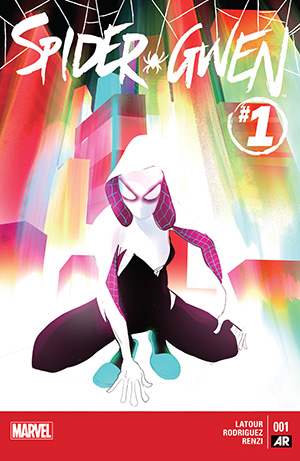 Potentially. But hold the phone. Yes, they can increase in value but you should know that it will take a LONG time for modern comics to appreciate to the sum of Action Comics #1 value. Comics can be a strong investment, but it really separates the kids from the grown-ups in terms of what’s an investment right now, and that kind of buying is a different type of expensive and tiresome business.
Potentially. But hold the phone. Yes, they can increase in value but you should know that it will take a LONG time for modern comics to appreciate to the sum of Action Comics #1 value. Comics can be a strong investment, but it really separates the kids from the grown-ups in terms of what’s an investment right now, and that kind of buying is a different type of expensive and tiresome business.
Mint is pretty much as close to perfect, barely touched, never read, no slight imperfection you can get with comic books. Near-mint is small imperfections but otherwise a solid condition. This is where you’ll see some collectors inspecting spines and pages with plastic gloves while buying multiple copies of each book. If you buy them to read and then bag and board, they’ll be near-mint but not too high, not too low on the grading system. But basically, you need to make a decision early on as to why you’re buying and for what reason. Me personally, I buy them to read and then I bag and board them for protection… eventually…






